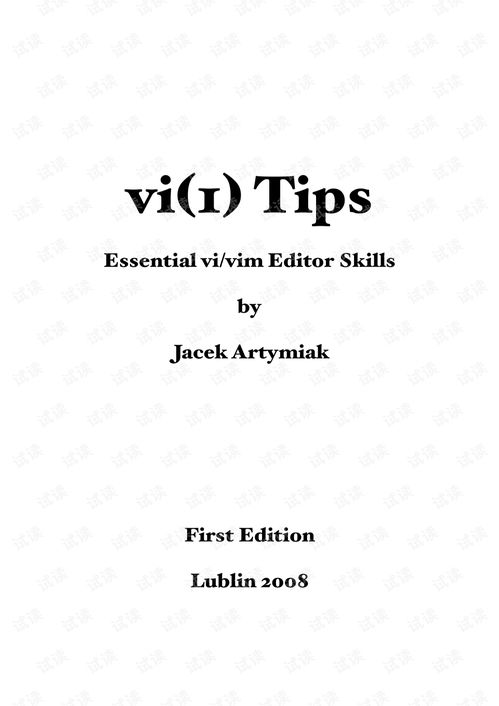Content:
Introduction
The world of fishing is a serene and rewarding hobby, but it can also be fraught with challenges. One of the most common and frustrating issues that anglers face is the dreaded "reel tugging" or "line peeling" during a fish strike. This occurs when a fish takes the bait and starts to pull the line out of the reel, often resulting in a lost catch. In this article, we will delve into various techniques and tips to help you prevent reel tugging and increase your chances of a successful fishing trip.
Understanding the Problem
Before we dive into the solutions, it's important to understand why reel tugging happens. Typically, it occurs due to one of the following reasons:

Inadequate Drag Setting: If the drag on your reel is too tight, the line will peel off as soon as the fish starts to pull. Conversely, if the drag is too loose, the fish can pull the line out with ease.
Improper Line Management: Poorly managed line, such as tangled or twisted line, can easily be pulled out during a fish strike.
Inexperienced Technique: Lack of practice and experience can lead to mistakes that result in reel tugging.
Techniques to Prevent Reel Tugging
Adjust the Drag Properly:
- Before casting, set the drag to a point where the line will peel off the reel with minimal resistance but not so loose that the fish can easily pull it out.
- Test the drag by applying gentle pressure to the line with your fingers. It should feel firm but give slightly when pulled.
Use the Right Line:
- Choose a line that is appropriate for the type of fishing and the size of the fish you are targeting. Thicker lines may be more durable but can be more visible to fish.
- Keep your line in good condition by regularly checking for nicks, kinks, or fraying.
Practice Proper Casting Techniques:
- Learn to cast with accuracy to reduce the chances of line tangling or getting caught on obstacles.
- Practice casting in different directions and distances to improve your control over the line.
Manage Your Line Carefully:
- Keep your line organized and untangled by using a line management system, such as a line organizer or a line clip.
- When reeling in, make sure to wind the line neatly onto the reel without overlapping or tangling.
Use a Leader:
- A leader is a length of monofilament or fluorocarbon line that connects the main line to the lure or hook. It acts as a shock absorber and can prevent the line from being pulled out by a strong fish.
- The length of the leader should be determined by the type of fish you are targeting and the conditions of the water.
Be Patient and Observant:
- When you feel a fish bite, be patient and wait for a few seconds before setting the hook. This gives the fish time to engage with the bait without pulling the line out.
- Pay attention to the behavior of the fish and adjust your technique accordingly. For example, if the fish is swimming away, increase the drag slightly to prevent the line from being pulled out.
Use a Bite Indicator:
A bite indicator is a device that attaches to your line and moves when there is a change in tension. It can help you detect subtle bites and set the hook at the right time, preventing reel tugging.
Conclusion
Preventing reel tugging is an essential skill for any angler looking to improve their fishing experience. By understanding the causes of reel tugging and applying the techniques outlined in this article, you can significantly reduce the chances of losing fish during a strike. Remember, practice and experience are key to mastering these techniques, so don't be discouraged if you don't get it right on your first try. Happy fishing!












